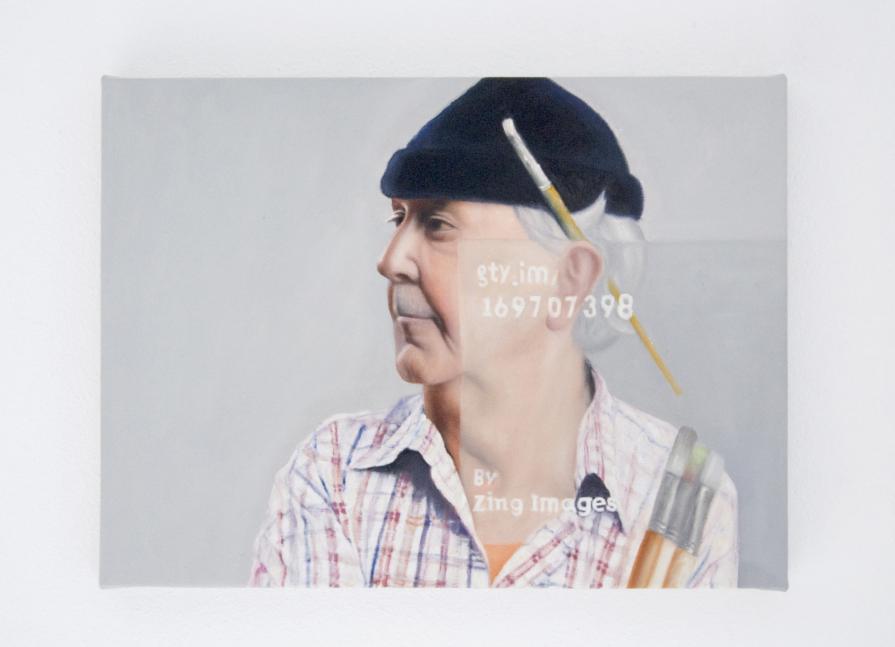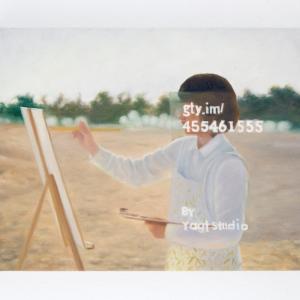
A Contemporary Portrait of the Internet Artist
IOCOSE art group is proud to present ‘A Contemporary Portrait of the Internet Artist’. The artwork consist in a series of portraits, which the group commissioned underpaid Chinese painters to draw. Each portrait represents a copyrighted photo found on the Getty Images archive using ‘artist’ as research keyword.
With 'A Contemporary Portrait of the Internet Artist', IOCOSE proposes a series of portraits of the many different modes of being an artist in the internet age. The group has selected a series of digital photographs representing 'artists' and sent these to a group of Chinese artisans who could paint those same images on canvas. The photographs were originally stored on an online and copyrighted archive by Getty Images. In its own turn, Getty Images had commissioned the photographs to represent the stereotypical 'artist' of our age. Those photographs were produced by professionals from different parts of the globe, and involved actors and models who posed as 'artists'.
IOCOSE, the Chinese painters, Getty, the photographers and the models, each represented a different mode of being artist. Each one has been commissioning, or being commissioned, art production and has been assembling, selecting and curating images and other artists (and images of artists). Each character in the story has been a parasite of the other, each a host for the next one. The chain involved practices that are quite common nowadays in the production of art: exploitation and outsourcing, exchanges of files and money transactions, sharing of skills and copyrighting. The portraits intend to reflect on the plurality of different modes of making art.
Indeed, the final portraits will necessarily continue the chain, and in a sense they already are. The digital images of the portraits will circulate online, be copied, posted and tweeted by journalists and bloggers. The portraits might be bought and become private property. But also continue being exhibited. And photographed.
Stations and paths together form a system. Points and lines, beings and relations. What is interesting might be the construction of the system, the number and disposition of stations and paths. Or it might be the flow of messages passing through the lines. [...] But one must write as well of the interceptions, of the accidents in the flow along the way between stations - of changes and metamorphoses. (M. Serres, The Parasite, University of Minnesota Press, 1980: 10-11)






















Comments 1
Say something